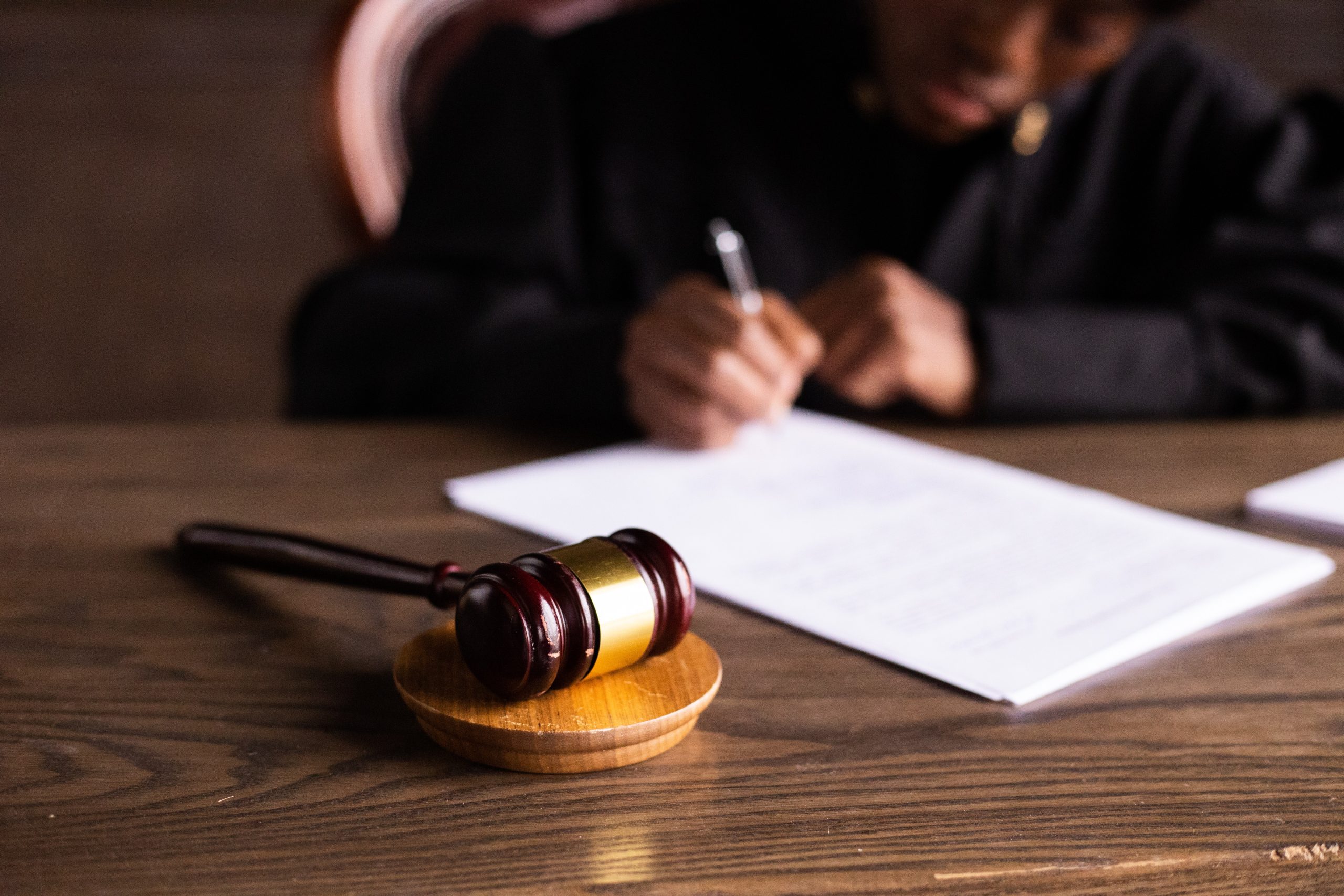No contact orders can be issued for various reasons in Indiana, ranging from domestic disputes to criminal charges. While these orders serve to protect individuals from potential harm, they can also pose significant challenges, especially when they interfere with personal relationships or daily life. If you find yourself subject to a no contact order in Indiana and wish to have it lifted, it’s essential to understand the process and requirements involved. In this guide, we’ll explore the steps you can take to lift a no contact order in Indiana, providing clarity and guidance along the way.
Understanding No Contact Orders in Indiana
Before delving into the process of lifting a no contact order, it’s crucial to understand what these orders entail. A no contact order is a legal directive issued by a court that prohibits one person from contacting or communicating with another person. These orders are commonly associated with cases involving domestic violence, harassment, or other forms of threatening behavior. In Indiana, no contact orders can be issued as part of criminal proceedings or civil protection orders.
The issuance of a no contact order typically occurs when there is a perceived threat to the safety or well-being of an individual. It aims to prevent further harm by establishing clear boundaries between the parties involved. Violating a no contact order can result in serious consequences, including criminal charges and potential incarceration.
Steps to Lift a No Contact Order in Indiana
Lifting a no contact order in Indiana involves a formal legal process that requires careful consideration and adherence to specific procedures. While the exact steps may vary depending on the circumstances of your case, the following general guidelines can help you navigate the process effectively:
1. Consult with an Attorney
Before taking any action, it’s advisable to seek guidance from a qualified attorney who specializes in criminal defense or family law. An experienced attorney can assess your situation, explain your rights, and provide personalized advice on the best course of action.
2. File a Motion to Modify or Lift the Order:
To initiate the process of lifting a no contact order, you’ll need to file a formal motion with the court that issued the order. This motion should clearly state your reasons for seeking modification or termination of the order and provide any supporting evidence or documentation.
3. Demonstrate Changed Circumstances:
In your motion, it’s essential to demonstrate to the court that there have been significant changes in circumstances since the issuance of the no contact order. This may include evidence of completion of counseling or rehabilitation programs, reconciliation with the other party, or other factors that suggest the need for the order to be lifted.
4. Attend a Hearing:
In most cases, the court will schedule a hearing to review your motion and hear arguments from both parties involved. It’s crucial to attend this hearing prepared to present your case effectively and address any concerns raised by the court or the opposing party.
5. Present Compelling Evidence:
During the hearing, you’ll have the opportunity to present evidence and testimony in support of your request to lift the no contact order. This may include witness statements, character references, or other documentation that supports your position.
6. Comply with Court Orders:
Throughout the process, it’s essential to comply fully with any court orders or directives related to the no contact order. Failing to do so could undermine your credibility and harm your chances of having the order lifted.
7. Await the Court’s Decision:
Following the hearing, the court will consider the evidence presented and make a decision regarding whether to modify or lift the no contact order. It’s important to be patient during this time and to continue adhering to any existing court orders.
Additional Considerations
In addition to following the steps outlined above, there are several other factors to consider when seeking to lift a no contact order in Indiana:
· Safety Concerns: The court will prioritize the safety and well-being of all parties involved when considering a request to lift a no contact order. If there are ongoing safety concerns or allegations of violence, the court may be hesitant to modify the order.
· Legal Representation: Having competent legal representation can significantly impact the outcome of your case. A skilled attorney can advocate on your behalf, navigate complex legal procedures, and present your case effectively in court.
· Alternative Solutions: In some cases, it may be possible to negotiate an alternative solution with the other party or the court that addresses the underlying concerns without the need for a no contact order.
Conclusion
Navigating the process of lifting a no contact order in Indiana can be complex and challenging, but with the right approach and guidance, it is possible to achieve a favorable outcome. By understanding the steps involved, seeking competent legal representation, and considering additional factors such as safety concerns and alternative solutions, you can effectively advocate for your rights and seek a resolution to the situation at hand. Remember to approach the process with honesty, integrity, and respect for the legal system, and you’ll be better positioned to achieve your goals.
Don’t miss out on updates and alerts – stay connected! Gossips




